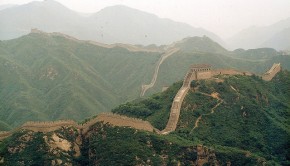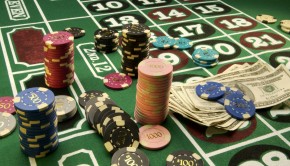The Historical Attractions Of The Loire Valley
To many, the Loire valley is seen as a scenic and relaxing destination for lovers of food and wine and little more because of the focus on vineyards and local produce. Many foreign visitors are unaware of the historical attractions of the Loire Valley or its status as a UNESCO World Heritage Site – attractions that go a lot further than obvious subjects like the Touraine Wine Museum at Saint-Julien Abbey. My advice? Book your accommodation immediately at www.qualityvillas.com and get a move on!
From the abundance of popular, iconic châteauxs to the less well-known, understated gems.
The first word that any prospective tourist is sure to see when looking up historical tourist attractions in the Loire Valley is châteaux. This is hardly a surprise considering there are more than a thousand in the region – 120 of which are open to the public – and they are so impressive and unique that it is possible to design a holiday touring these stunning constructions and nothing else. Choosing the exact châteaux to visit can be tricky but highlights with great aesthetic and historical appeal are the Châteaux Chenonceau, which was established in 1515 and home to Henri II’s mistress; the Manor of Clos Luce, which was both the temporary home and place of death of Leonardo DaVinci; and the Château d’ Usse, which is said to be the inspiration for Sleeping Beauty.
A tour of these iconic residences is just one of the many possibilities for a historical trip around the Loire Valley because this an area full of history with towns and riverbanks that saw the footsteps of everyone from Gauls and Romans to figures like Richard the Lionheart, Joan of Arc and Balzac. This heritage site covers the river from Sully-sur-Loire in Loiret and Chalonnes-sur-Loire in Maine-et -Loire and while there are plenty of top attractions in the cities – such the often forgotten Apocalypse Tapestry in Angers and the architecture of Tours – there are also plenty of hidden gems along the route. Visitors can marvel at the restored villages, mills and monuments – like the Forteresse du Faucon Noir – learn more at one of the many museums dedicated to the towns and their founders or seek out a taste of ancient culture like the tuffeau cave galleries between Chaumont-sur-Loire and Candes-St-Martin.
There is so much to see and learn.
In short, there is so much more to the region than wine and food and the historical attractions of the Loire Valley show that no matter your personal interests, be they ancient civilisations, medieval French culture, key figures or architecture, there really is something for everyone.
If you’re interested in learning more about the Loire Valley, you can always head on over to the official tourism website of the Loire Valley.






